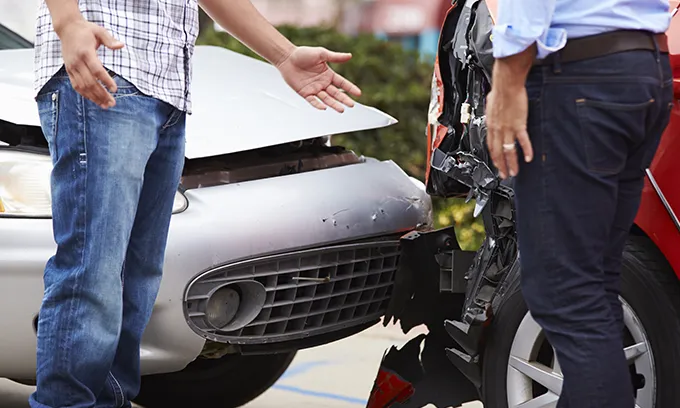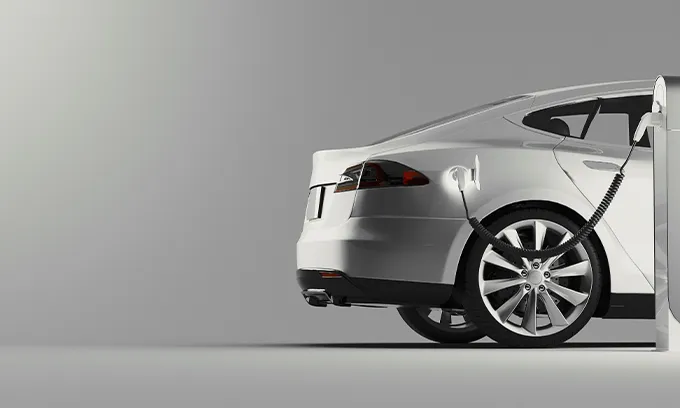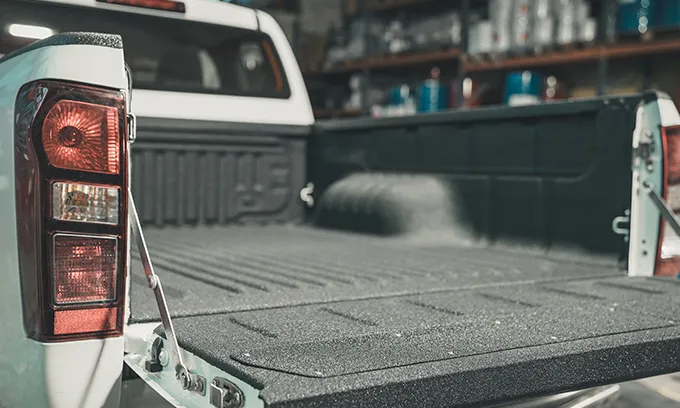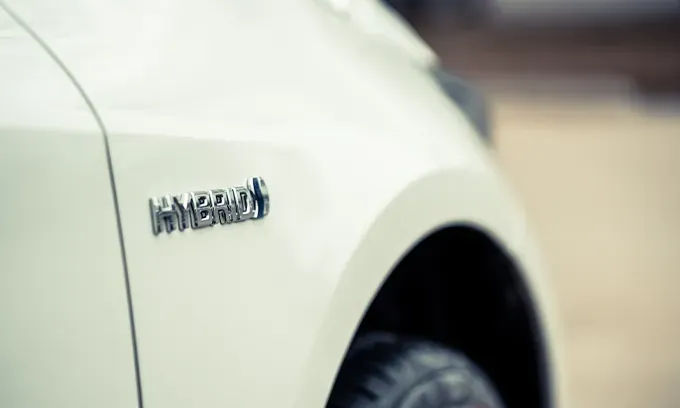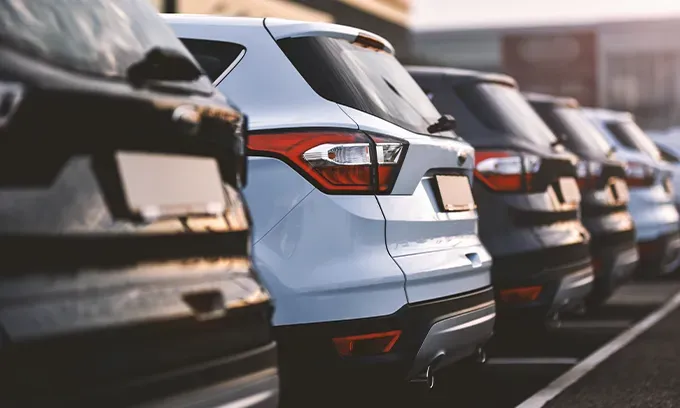How do you determine who's at fault?
If you're involved in a minor car accident, it's important to ascertain who is at fault, because they (and their insurance company) will be liable for any related costs.
Often, it's clear who is at fault, and most people are honest and will admit their liability. However, sometimes, it can be less clear cut.
In such cases, insurers will consider evidence, such as photos, dashcam footage, independent eyewitness accounts, physical proof, and police reports to determine who caused the accident.
So should you be involved in a car accident, it's important to record the other party's details, and as much evidence as you can about the accident, for example, scene photos on your phone and the contact details of any witnesses.
In some circumstances, both parties may be held partly responsible for the accident, which is known as contributory negligence. For example, if two people reverse out of car-park spaces at the same time and their vehicles collide, each may be considered equally liable for the damage caused and have to meet their own repair costs.
What if the other party doesn't admit fault?
It's not your job to pressure the other driver into a confession of guilt. If an accident occurs, all you need to do is obtain the other driver's details, and as much other evidence as you can, and pass that on to your insurance provider when making your claim. Your insurer will determine who's at fault, and who to chase over the repair costs.
How do I make a car insurance claim when it’s not my fault?
If the other driver admits fault, or is determined to be at fault, then they will be liable for your repair costs. However, you still need to lodge a claim with your insurer.
When making a claim, your insurer will need the details of the other driver (or drivers) involved, as well as any witnesses details and any police reports.
To help with this process, it’s a good idea to collect the following information after an accident:
- Details of other drivers involved, including their names, contact numbers, addresses, licences, registration numbers and insurance details (if applicable). If the other driver (or drivers) refuse to give their details, take note of vehicle registration numbers, and report the accident to the police
- If there are any eyewitnesses to the accident, ask them for their names and contact details
- Take photos of the accident, if it is safe to do so
Your insurer will then contact the at-fault driver’s insurer or the driver themselves, if they don’t have insurance.
What if I can't get the other driver's details?
If the other driver flees the scene, record what details you can. A licence plate or a description of the car can help your insurer track down the guilty party.
However, if you return to find your car damaged, and there's no note left on your windscreen from the driver who caused it, tracking down the culprit can be harder. In this instance, you can still make an insurance claim, although you may have to pay an excess, and you could lose any no-claims bonus. Your premiums might rise, too.
What if I only have third-party car insurance?
If you only have third-party insurance, making a claim if you're not responsible for an accident works differently, depending on whether the at-fault driver has insurance:
If they are at fault and have insurance
If the other driver is clearly at fault and has insurance, their insurer provider should pay to fix your vehicle.
If they are at fault and don't have insurance
Many third-party policies include limited cover if you're hit by an uninsured driver. However, not all third-party policies offer such cover. Plus, it relies on your insurer being able to prove that you're not at fault.
Do I have to pay an excess if I'm not at fault?
Many policies don't require you to pay an excess if you're not at fault. However, if you're partly at fault, or the details of the at-fault driver are unknown, it's likely that you'll have to pay an excess.
Will making a claim affect my no-claim bonus or increase my premiums?
Generally, in the event of an accident, if it isn't your fault and the at-fault driver’s details are known, your no-claim bonus won't be affected. As for your premiums, these can increase after you make any claim, regardless of liability.
As with all insurance policies, it's recommended that you read carefully your car insurance policy's product disclosure statement in order to fully understand your level of cover.


